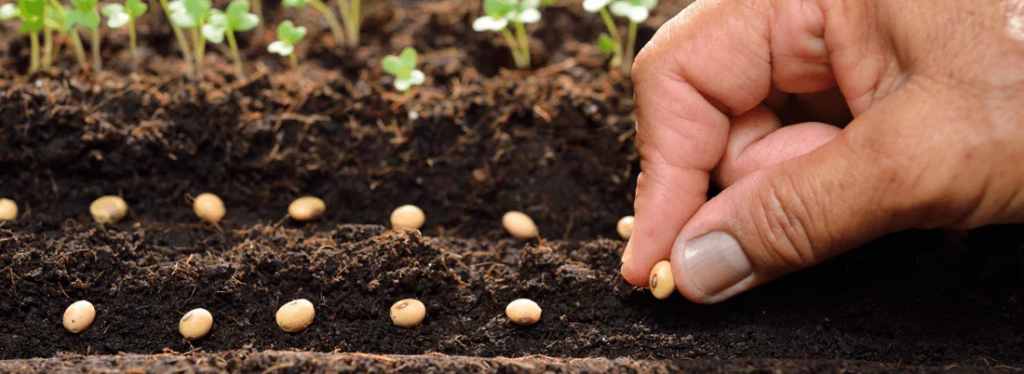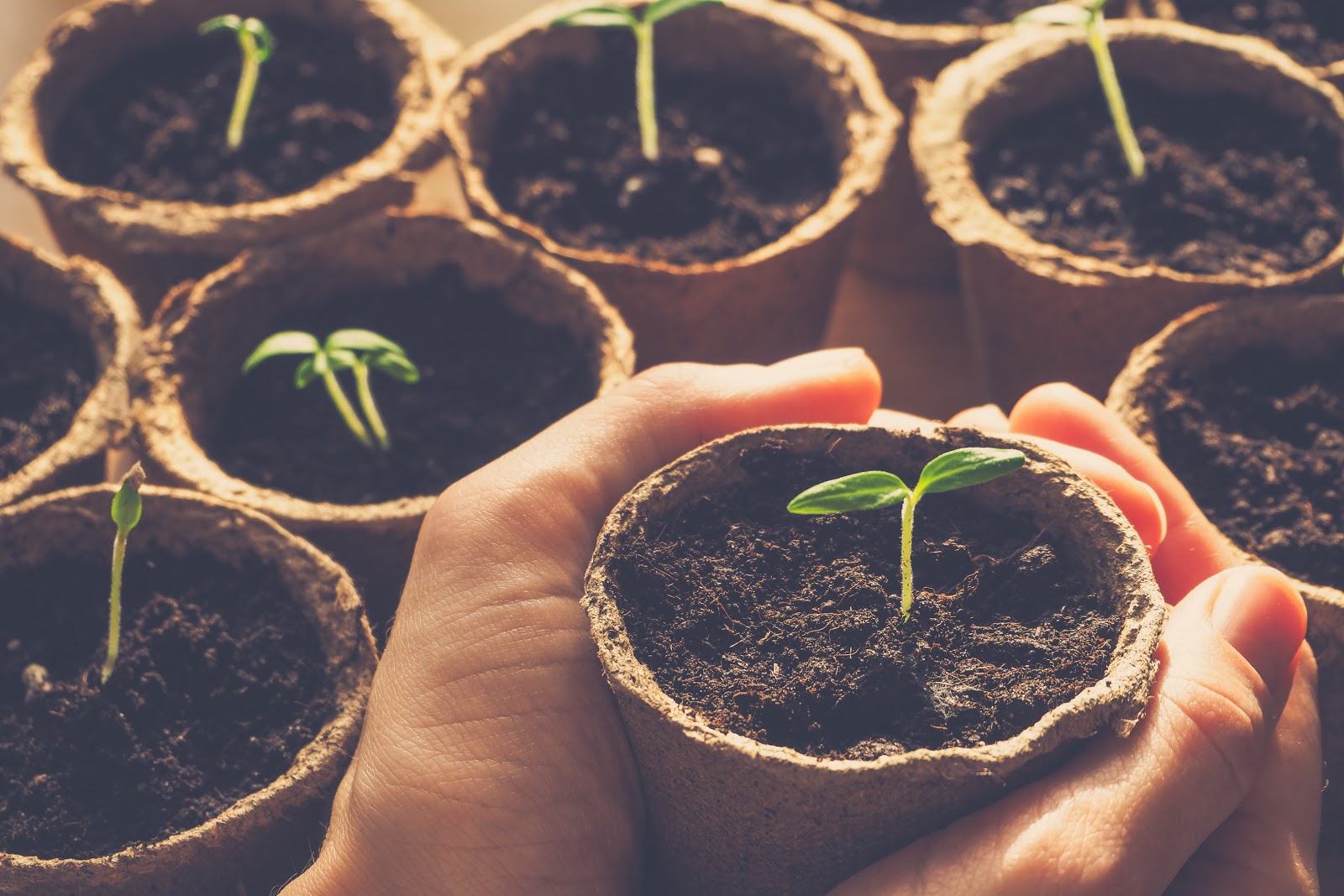Organic gardening empowers you to take control of your planting process, ensuring your crops are free from synthetic chemicals and grown with care. When buying seedlings from nurseries or markets, there’s often uncertainty about their origins or treatments. By growing your own seedlings, you eliminate that guesswork, fostering a more sustainable and informed gardening practice.
The Benefits of Growing Your Own Seedlings
Growing your own seedlings provides transparency and control over what goes into your plants. For organic gardening enthusiasts, this is a vital step to avoid synthetic fertilizers and pesticides. Beyond sustainability, the process is deeply educational and fulfilling, allowing you to observe the intricate life cycle of plants from seed to maturity.
Ideal Conditions for Germination
While some seeds can be directly sown into the ground, delicate varieties like tomatoes and peppers thrive better when started indoors in a controlled environment. Seeds of these plants require warmth to germinate, and early May is often ideal for starting them in temperate regions.
Creating a suitable germination setup is simpler than you might think, and you can use common household items to achieve excellent results. Here’s how:
- Prepare Your Materials: Gather small jar lids and place a piece of cotton wool inside each one.
- Moisture and Nutrients: Moisten the cotton with cooled chamomile tea, which prevents fungal growth and supports healthy germination. Saturate the cotton thoroughly.
- Sow the Seeds: Sprinkle tomato or pepper seeds onto the moist cotton. Experiment with different varieties to see which works best for your environment.
- Create a Greenhouse Effect: Cover the setup with clear plastic wrap to maintain warmth and moisture, mimicking a greenhouse.
- Monitor Growth: Keep the seeds in a room-temperature area and watch for sprouts. Tomato seeds typically sprout in 4–5 days, while peppers may take a little longer.
Transplanting Your Seedlings
Once your seeds sprout, they’re ready to be transferred to a growing medium. Follow these steps to ensure a smooth transition:
- Prepare the Containers: Fill small pots or containers with a nutrient-rich growing substrate suited for tomatoes and peppers.
- Transplant Carefully: Use a pencil to create shallow holes (about 1 cm deep). Gently lift the sprouted seeds using tweezers and place them in the holes.
- Moisten the Soil: Lightly mist the surface with a spray bottle rather than pouring water, which might disturb the tender sprouts.
- Provide Light and Warmth: Position the containers in a well-lit area, ensuring the seedlings receive indirect sunlight and consistent room temperatures.

Final Thoughts
This beginner-friendly method is cost-effective and easy to implement indoors, requiring minimal tools. As your seedlings grow, you’ll gain confidence and a deeper understanding of plant biology. The joy of nurturing your own plants from seed to harvest is a rewarding journey that strengthens your connection to the food you cultivate.
Gardening is about learning, experimenting, and adapting. Starting seeds at home is a foundational skill that can transform your gardening experience while reinforcing sustainable practices. Whether you’re just starting or a seasoned green thumb, growing from seed is a step towards healthier living and a greener planet.
